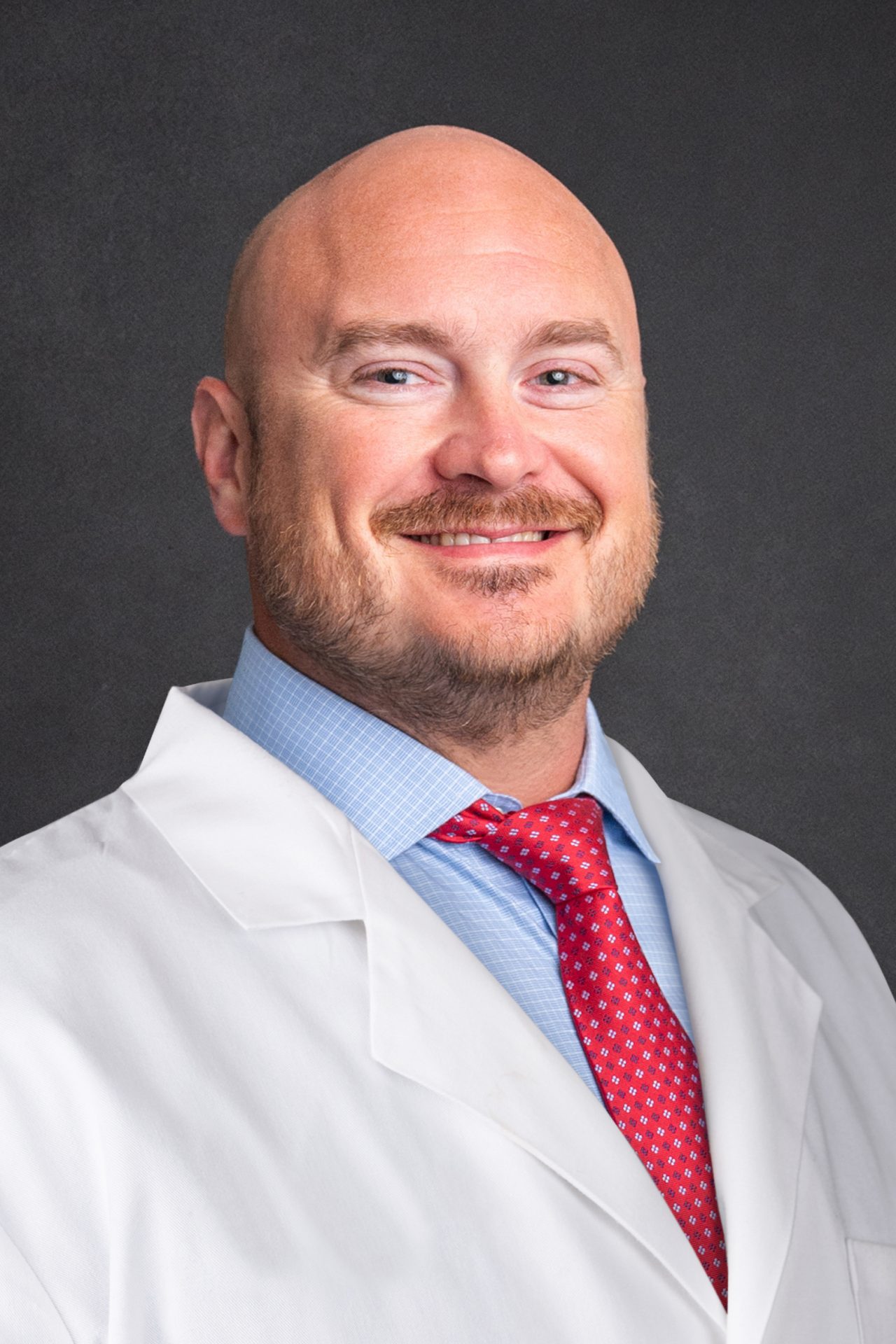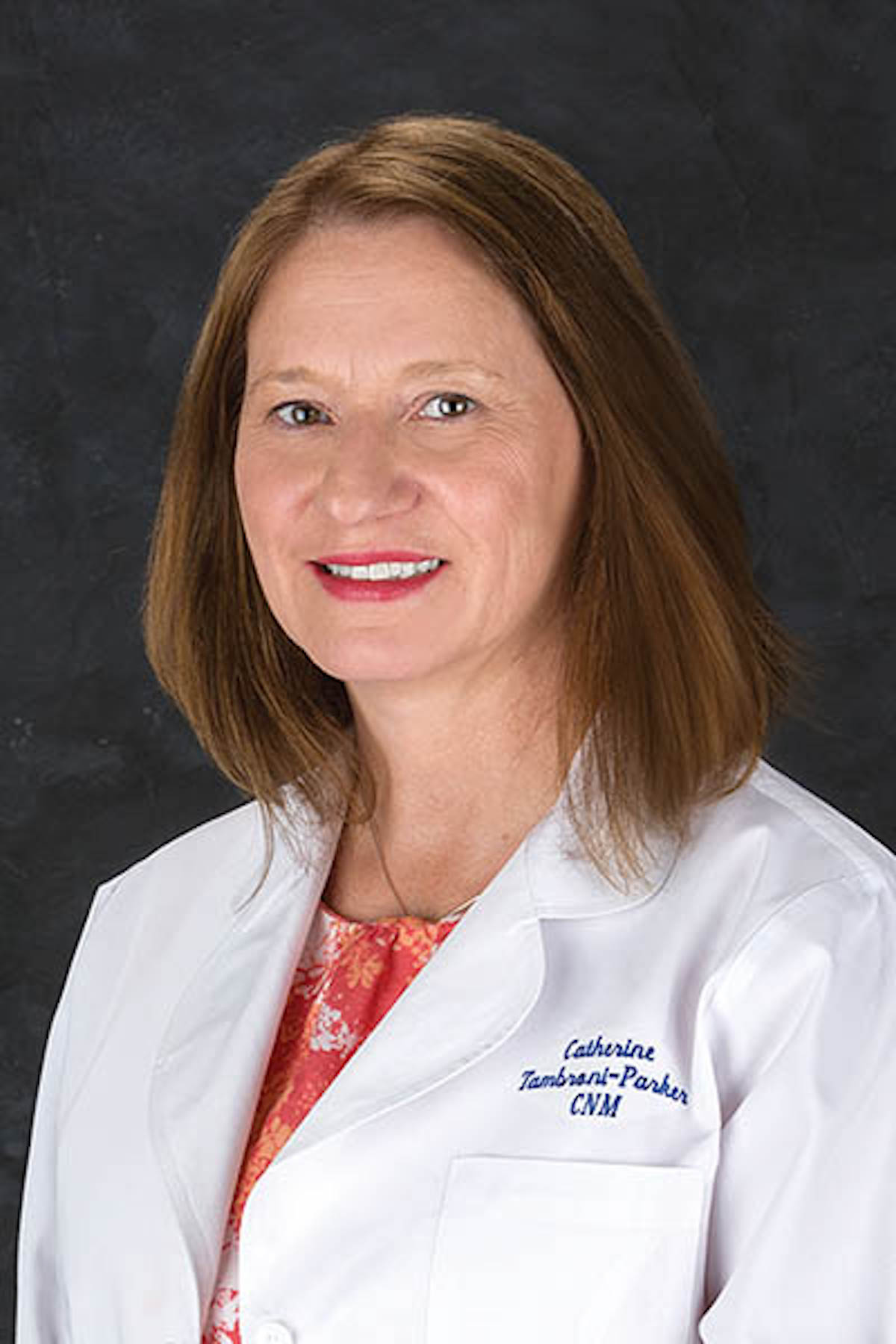Last week’s article covered the eligibility criteria and the definition of hospice. Hospice focuses on quality of life, rather than length of life. Hospice provides four levels of care including:
- Routine Hospice Care (RHC) is the most common level of care. This is care at the patient’s residence. Under routine care, patients receive regular visits from members of his or her care team. Typically, this would include weekly visits from their Registered Nurse (RN), a visit from their Nurse Assistant, homemaker, and, if requested, one or more volunteers, their social worker, and chaplain. Some hospices also offer music, massage, pet therapy, and aromatic services.
- Continuous Home Care (CHC) is care from 8 to 24 hours per day to manage pain and other acute medical symptoms. CHC must be mainly nursing care but can be supplemented with caregiver and hospice aide services. The care team chaplain, social worker, therapists, and volunteers can be used as needed during CHC. The purpose of CHC is to allow the patient to remain in the home.
- Inpatient Respite Care (IRC) is temporary care for five days. IRC allows the patient’s own caregiver (spouse, daughter, parent, etc.) to get much needed relief from caring for the patient. Respite care can be provided in a hospital, hospice inpatient facility, or long-term care facility, that has sufficient 24-hour nursing personnel present. While in respite care, the patient still gets his or her hospice care. This is a particularly important and helpful service to families who frequently become exhausted from being the primary care giver.
- General Inpatient Care (GIP), frequently called Crisis Care, is provided for pain control and other severe symptom management, that cannot be practically provided in any other setting. GIP is needed when other efforts to manage symptoms are not sufficient. Crisis care can be provided in a hospital, hospice inpatient facility, or skilled nursing facility that has RNs available 24 hours per day to provide direct care. When the crisis is over, the patient can return home to routine care.
Pain and discomfort are “the emergency” in hospice care. If a patient’s medications and caregiver efforts are not working during the night, weekend, holiday, or anytime, the patient or caregiver calls his hospice RN and the RN has less than one-hour to bring the pain under control. The afterhours RN will assess the problem, answer questions, respond to the patient’s home, and consult with doctor, Physician Assistant (PA), or Nurse Practitioner (NP).
Hospice patients can get care for things that can be cured or treated that are not terminal. For example, if a hospice patient is diagnosed with terminal cancer and has had surgery, radiation, and chemotherapy and those treatments have been stopped, the patient can still be treated for other conditions like diabetes, high blood pressure, gout, arthritis, etc. It is also possible to get treatments like radiation and fluid withdrawal for pain and discomfort control.
Fear of pain and suffering is a common symptom experienced by end-of-life patients. Hospice care teams are experts in home safety and pain and discomfort control. The patient is part of his care team and the care team will help the patient with controlling nausea and treating skin care, dry mouth, sore mouth, changes in urination and bowel movements, constipation, diarrhea, dizziness, breathing, loss of appetite, and more.
The U.S. hospice movement was founded by volunteers. Volunteers are essential to the best hospice care. Hospice volunteer services are unique in that hospice is the only provider with Medicare Conditions requiring volunteers to provide at least 5% of total patient care hours! This means patients have a right to request help from trained and background checked hospice volunteers in the areas of companionship, housekeeping, cooking, music, haircutting, carpentry, photography, yard work, and other services.
Ask the hospice you are considering to tell you about their volunteer program, their volunteer coordinator, and what their volunteers can do to help you and your family. My hospice had over 20 volunteers and was able to provide at least two volunteers to the patients and families who wanted volunteer help.
Next week more on hospice and how to select the best hospice for you.
Larry Dandridge is a past hospice volunteer, volunteer coordinator, marketing manager, administrator, CEO, and board chairman, and the founder of a hospice in Missouri. An accomplished writer and motivational speaker, he writes columns for the ISLAND NEWS, including the Veterans Benefits Column, What Citizens Should Know About Policing Column, and the Hospice Column. You can contact Larry at his email, LDandridge@earthlink.net.
EDITOR’S NOTE
These columns are not meant to replace carefully reading local, county, state, and federal law or the need for a lawyer when seeking legal advice. Larry Dandridge is not an employee of THE ISLAND NEWS and his opinions are his alone. Readers should rely their Doctor, Physician Assistant, Nurse Practitioner, and Registered Nurse, Medicare, Medicaid, their Private Insurance Company, State Medical Department, the National Hospice and Palliative Care Organization (NHPCO), and the hospice of their choice for advice on hospice. Although every precaution has been taken in the preparation of these articles, the publisher and author assume no responsibility for errors or omissions. Neither is any liability assumed by the author or THE ISLAND NEWS for damages resulting from the use of information contained herein.








